Distinct structural classes of activating FOXA1 alterations in advanced prostate cancer
- PMID: 31243372
- PMCID: PMC6661908
- DOI: 10.1038/s41586-019-1347-4
Distinct structural classes of activating FOXA1 alterations in advanced prostate cancer
Abstract
Forkhead box A1 (FOXA1) is a pioneer transcription factor that is essential for the normal development of several endoderm-derived organs, including the prostate gland1,2. FOXA1 is frequently mutated in hormone-receptor-driven prostate, breast, bladder and salivary-gland tumours3-8. However, it is unclear how FOXA1 alterations affect the development of cancer, and FOXA1 has previously been ascribed both tumour-suppressive9-11 and oncogenic12-14 roles. Here we assemble an aggregate cohort of 1,546 prostate cancers and show that FOXA1 alterations fall into three structural classes that diverge in clinical incidence and genetic co-alteration profiles, with a collective prevalence of 35%. Class-1 activating mutations originate in early prostate cancer without alterations in ETS or SPOP, selectively recur within the wing-2 region of the DNA-binding forkhead domain, enable enhanced chromatin mobility and binding frequency, and strongly transactivate a luminal androgen-receptor program of prostate oncogenesis. By contrast, class-2 activating mutations are acquired in metastatic prostate cancers, truncate the C-terminal domain of FOXA1, enable dominant chromatin binding by increasing DNA affinity and-through TLE3 inactivation-promote metastasis driven by the WNT pathway. Finally, class-3 genomic rearrangements are enriched in metastatic prostate cancers, consist of duplications and translocations within the FOXA1 locus, and structurally reposition a conserved regulatory element-herein denoted FOXA1 mastermind (FOXMIND)-to drive overexpression of FOXA1 or other oncogenes. Our study reaffirms the central role of FOXA1 in mediating oncogenesis driven by the androgen receptor, and provides mechanistic insights into how the classes of FOXA1 alteration promote the initiation and/or metastatic progression of prostate cancer. These results have direct implications for understanding the pathobiology of other hormone-receptor-driven cancers and rationalize the co-targeting of FOXA1 activity in therapeutic strategies.
Conflict of interest statement
Competing interests
The authors declare no competing financial interests.
Figures
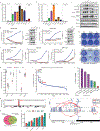
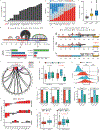
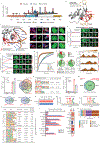
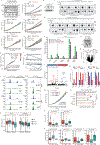
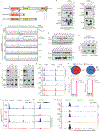

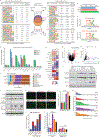

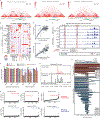
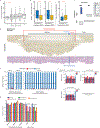




Comment in
-
The Sly Oncogene: FOXA1 Mutations in Prostate Cancer.Cancer Cell. 2019 Aug 12;36(2):119-121. doi: 10.1016/j.ccell.2019.07.005. Cancer Cell. 2019. PMID: 31408618
-
Re: Distinct Structural Classes of Activating FOXA1 Alterations in Advanced Prostate Cancer.J Urol. 2020 Jan;203(1):35-36. doi: 10.1097/01.JU.0000604796.77118.90. Epub 2019 Oct 16. J Urol. 2020. PMID: 31618164 No abstract available.
References
-
- Gao N et al. Forkhead box A1 regulates prostate ductal morphogenesis and promotes epithelial cell maturation. Development 132, 3431–3443 (2005). - PubMed
Publication types
MeSH terms
Substances
Grants and funding
LinkOut - more resources
Full Text Sources
Other Literature Sources
Medical
Molecular Biology Databases
Research Materials

